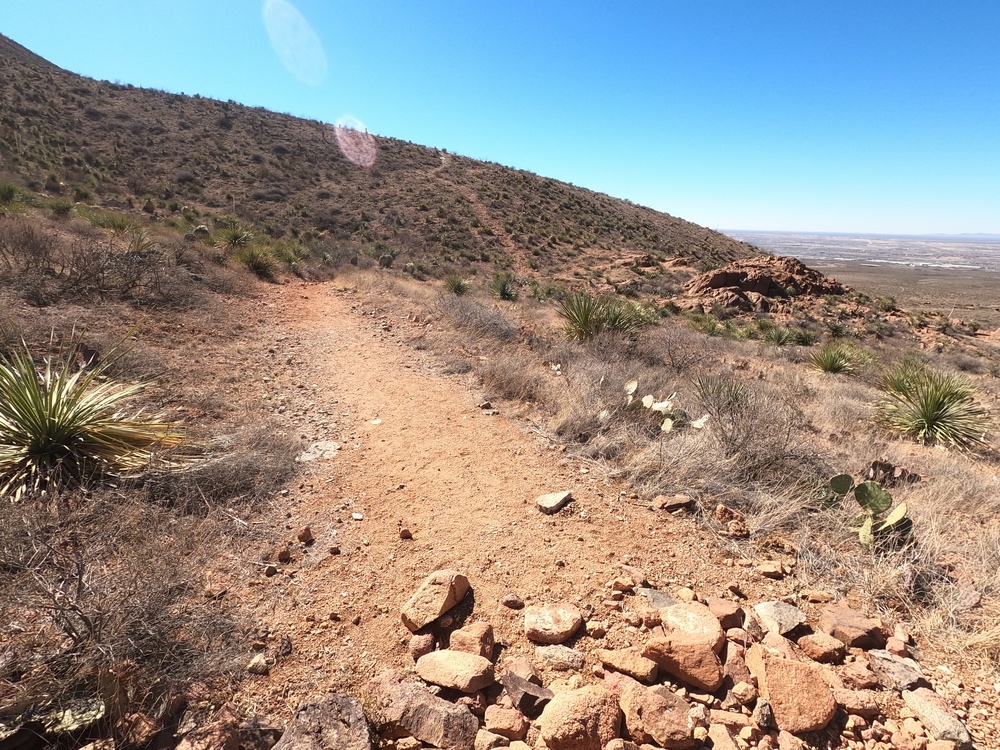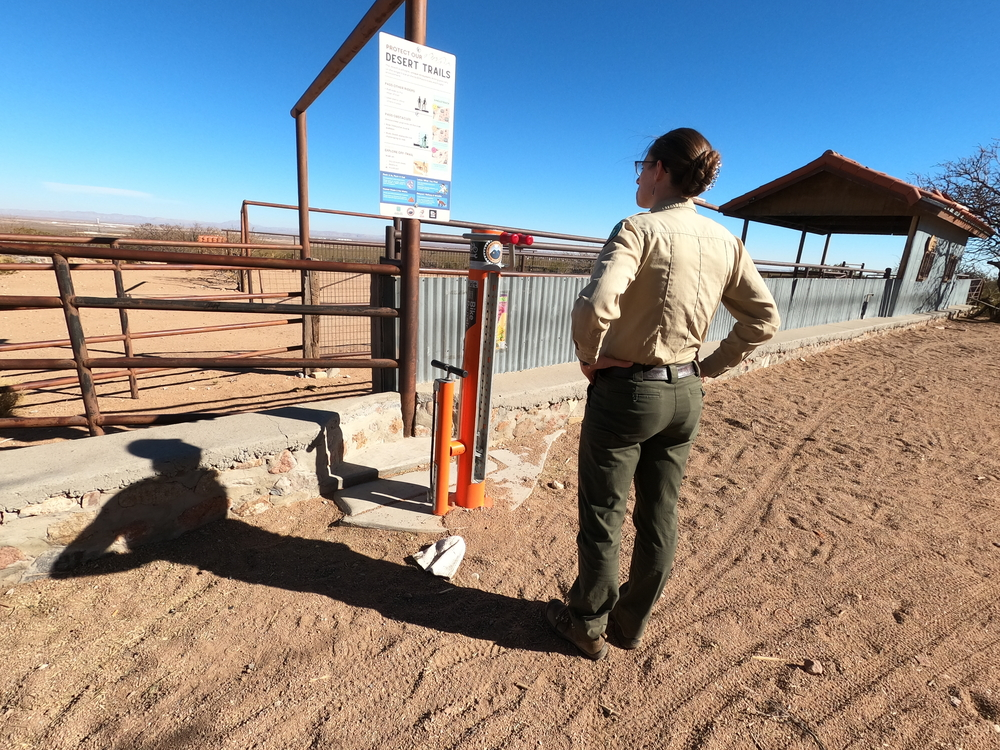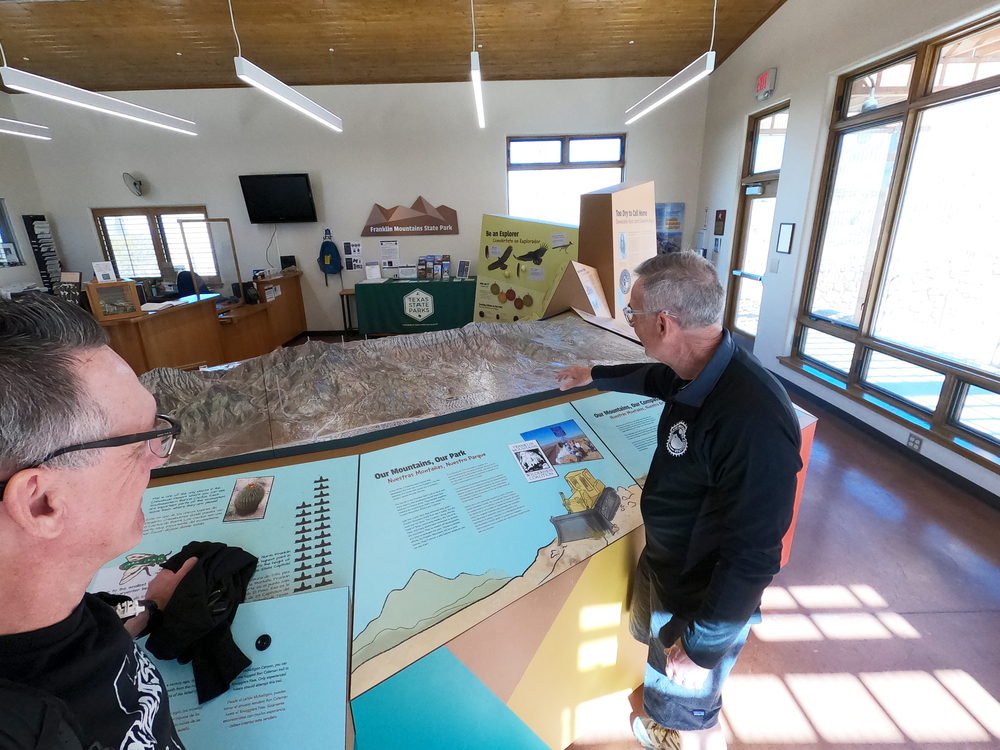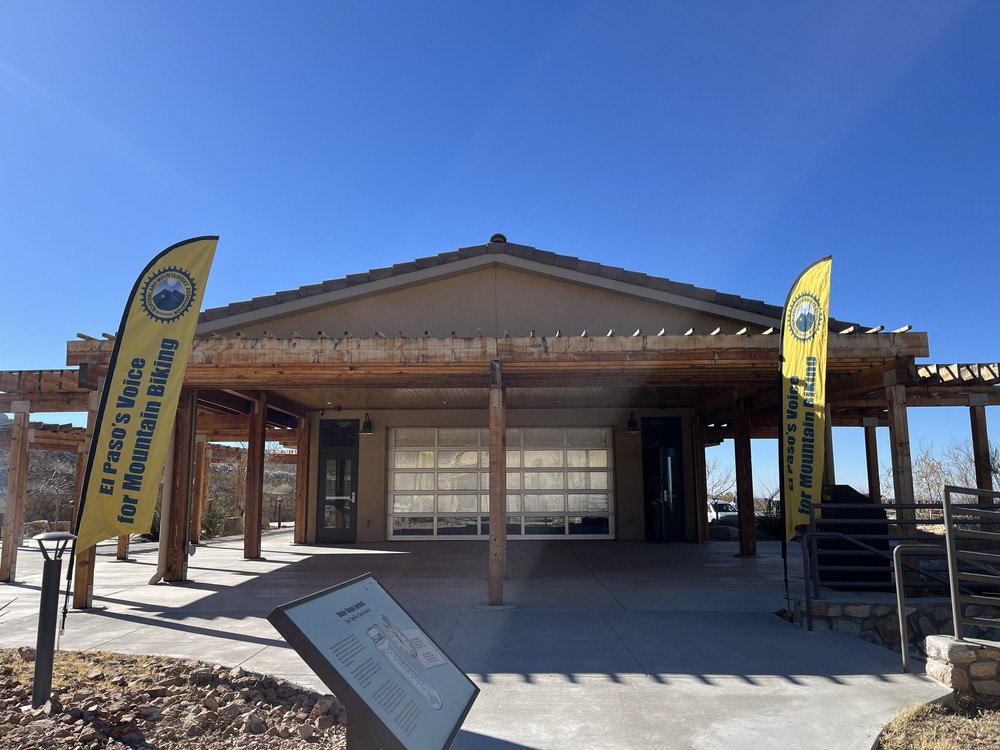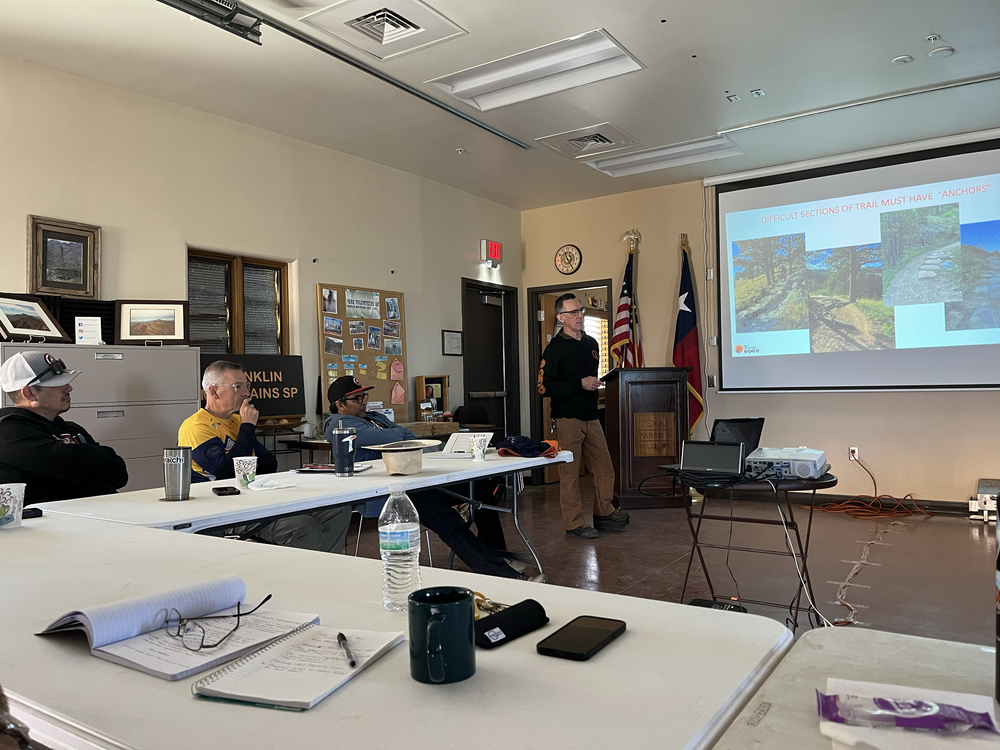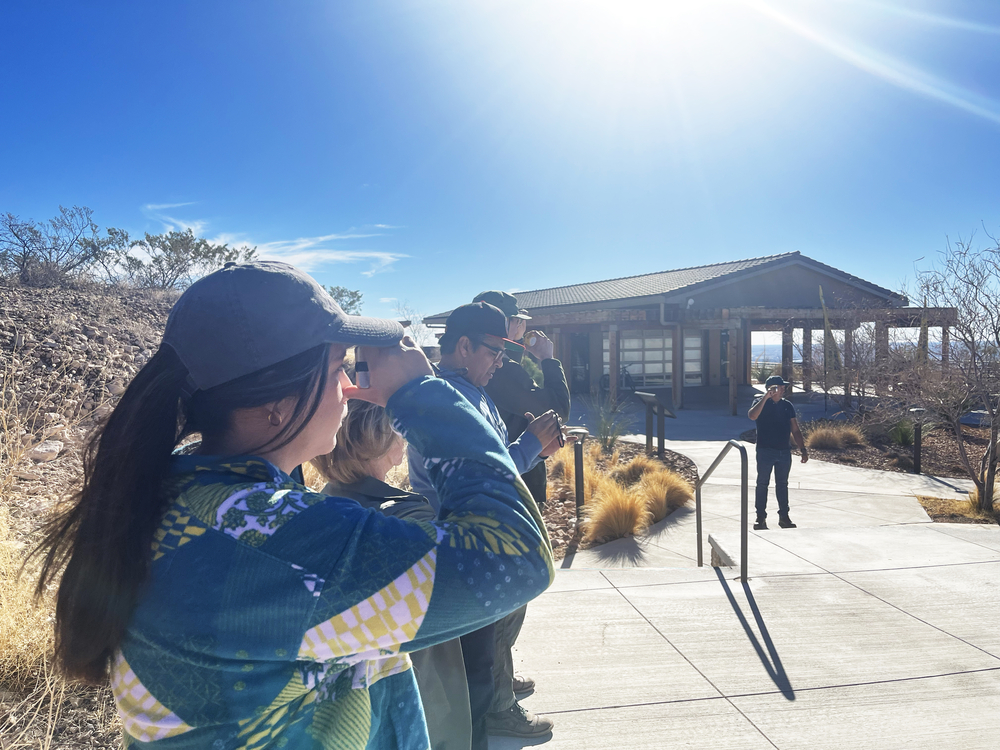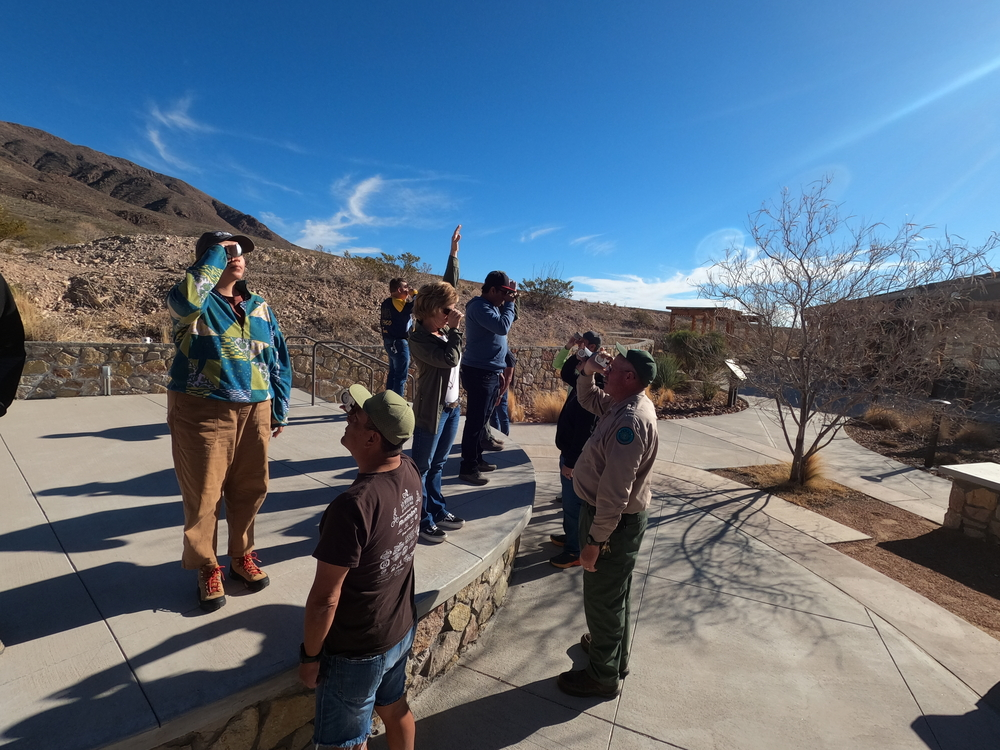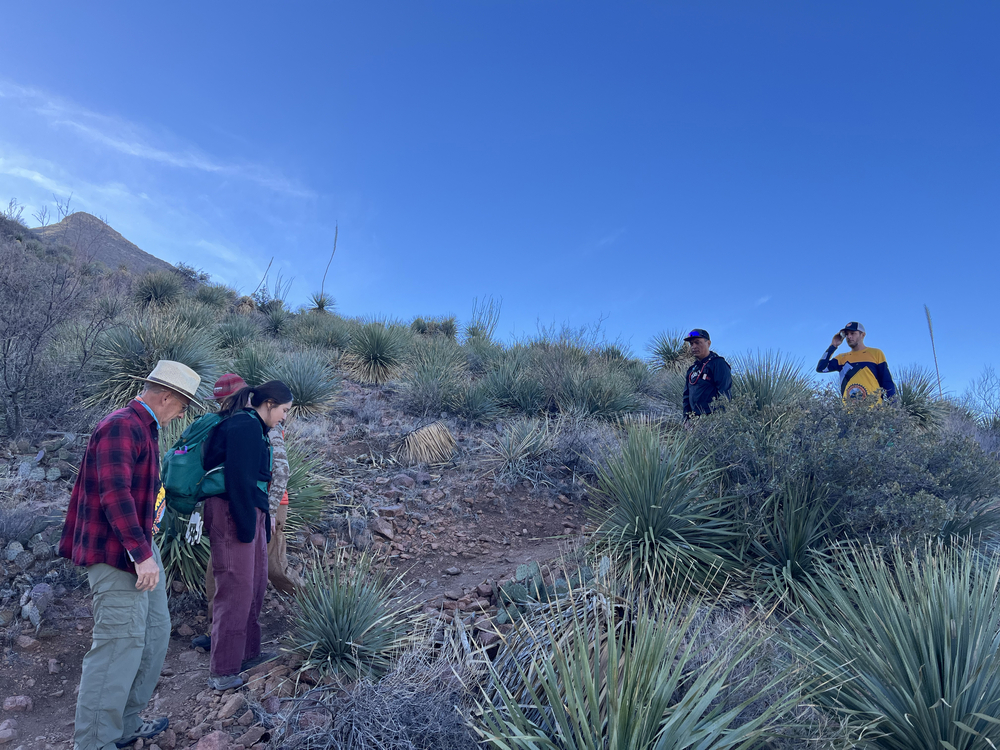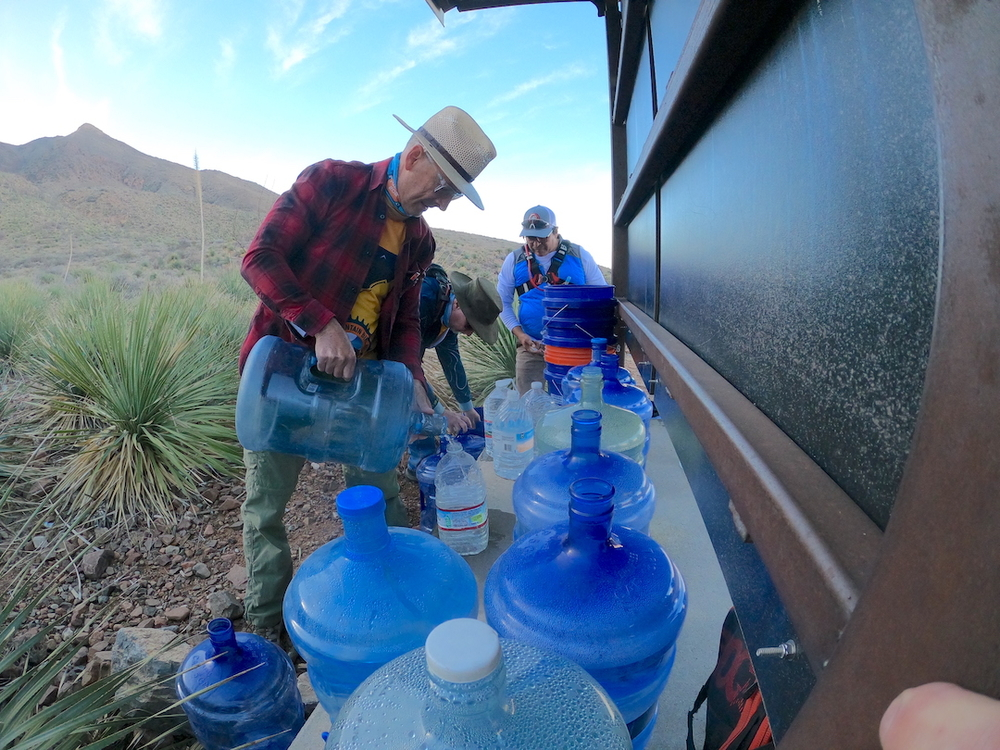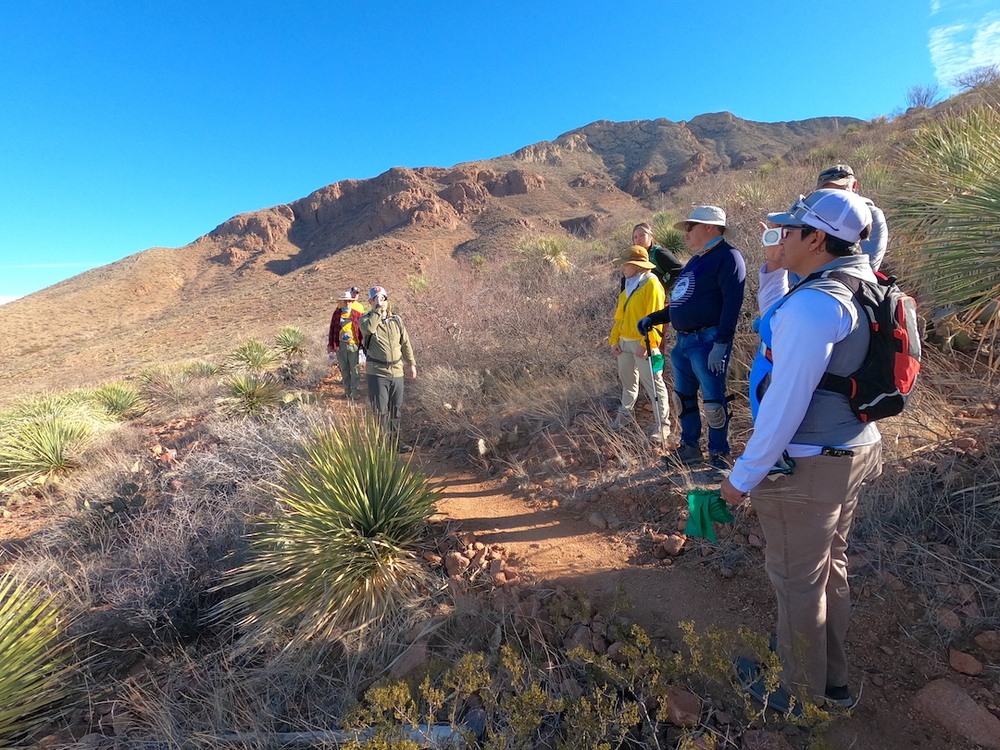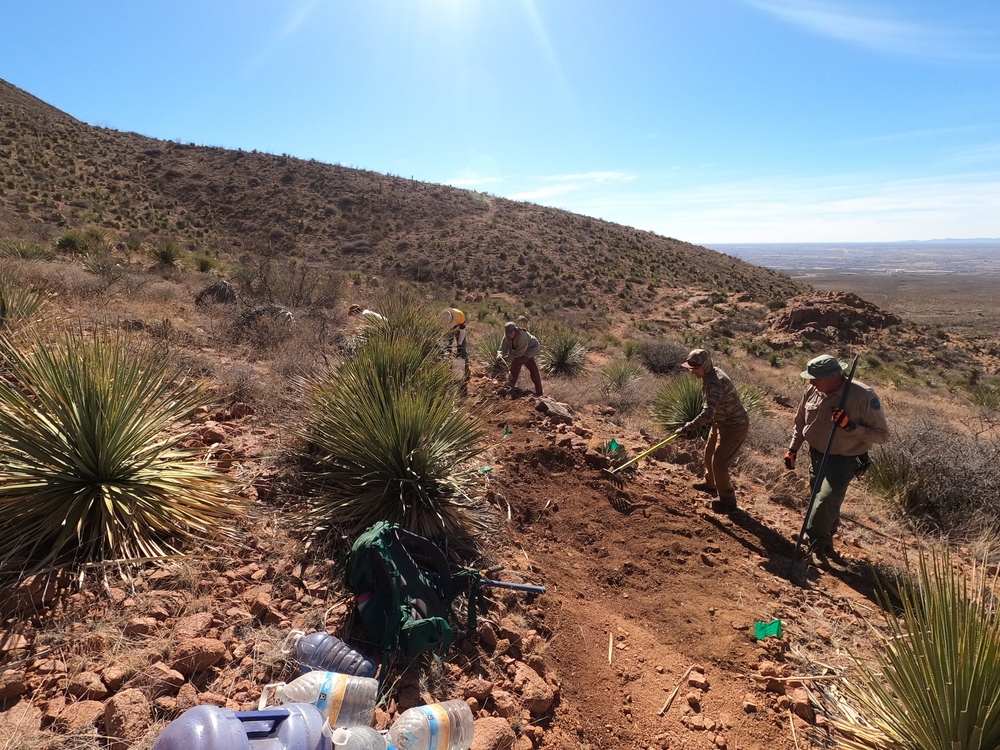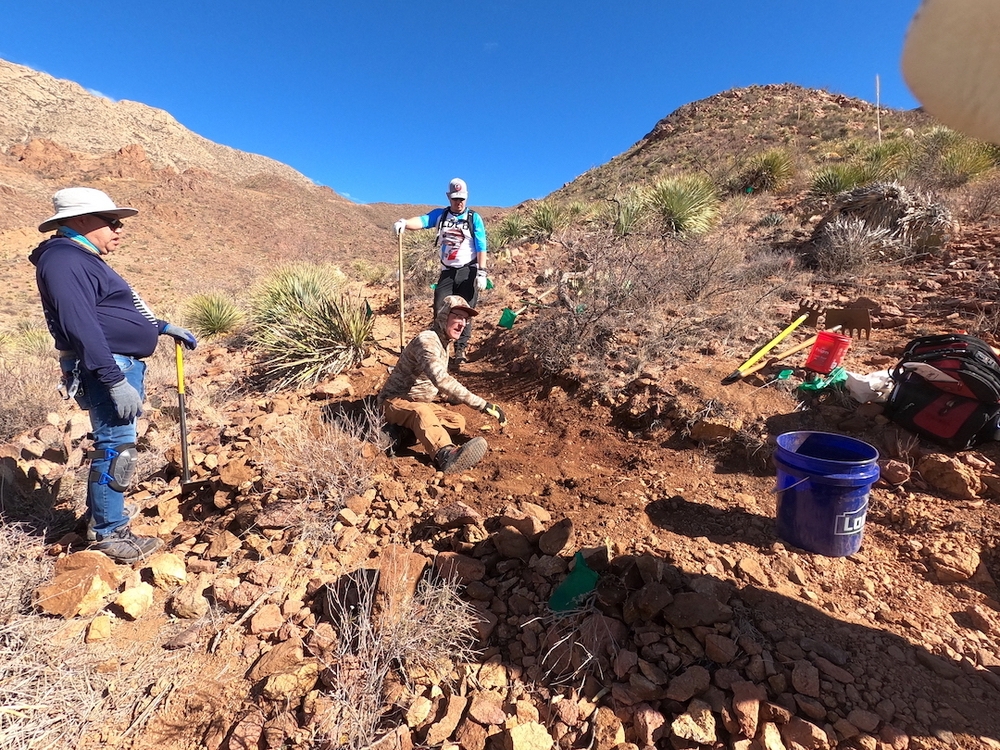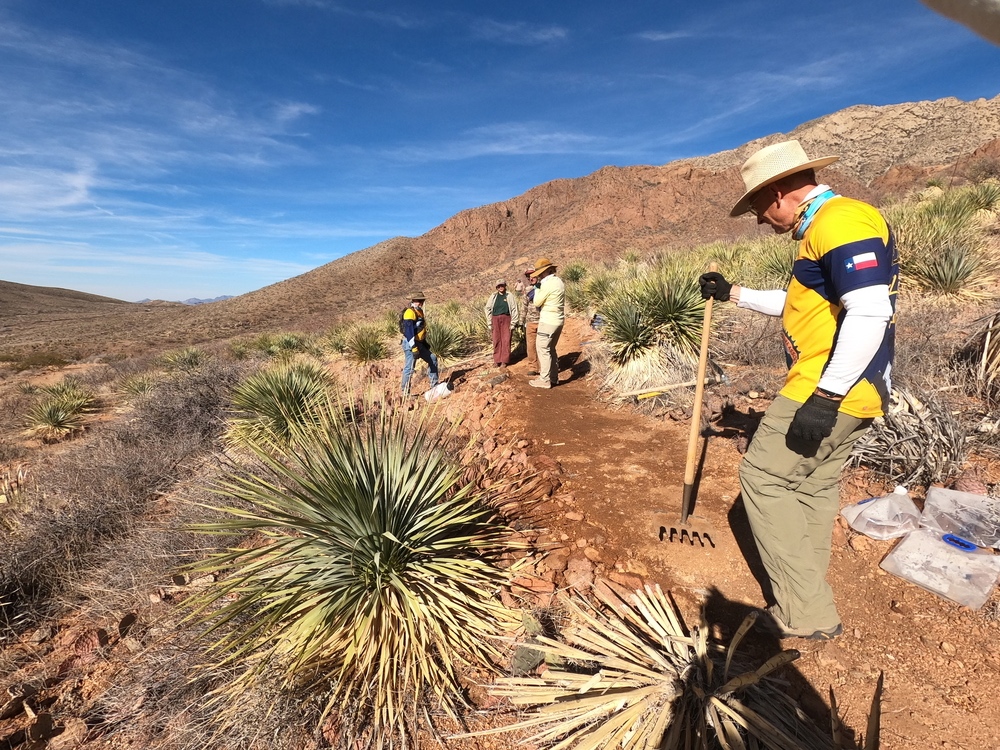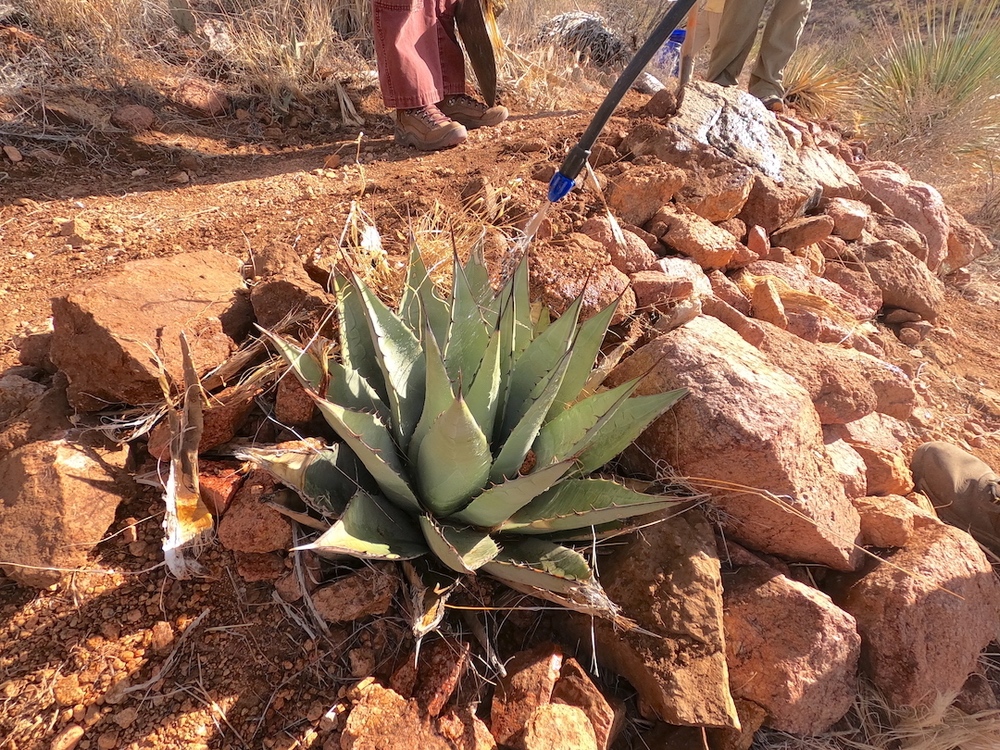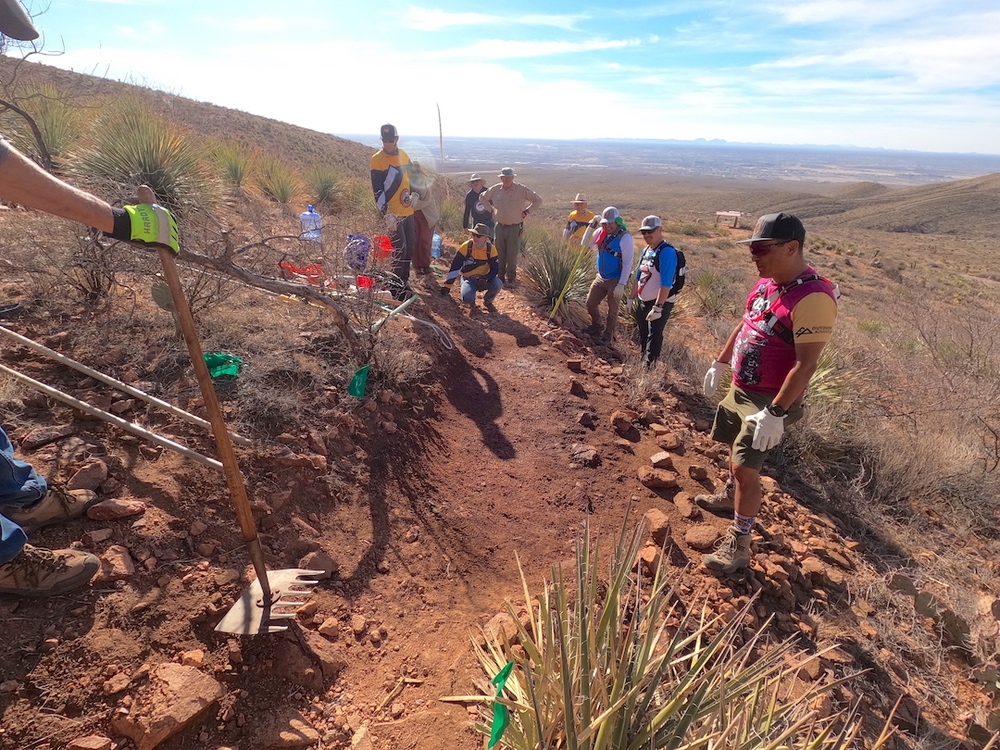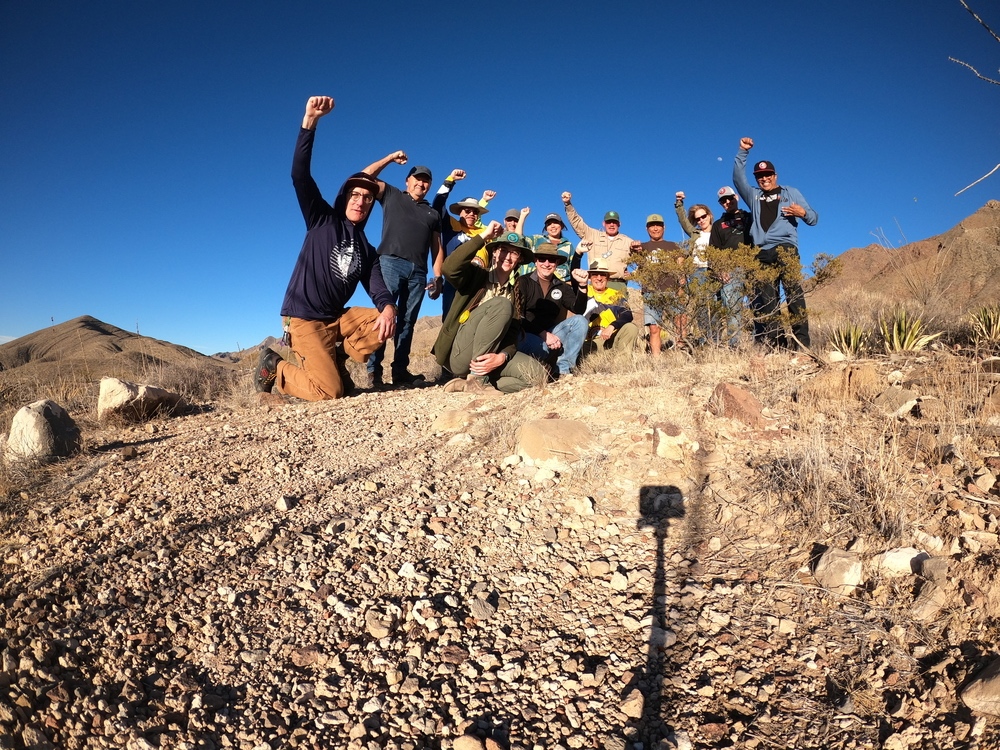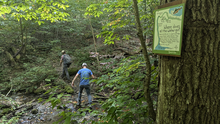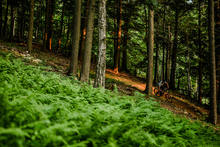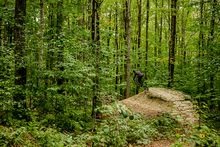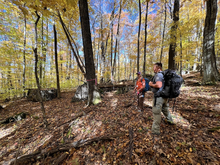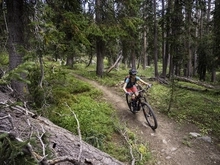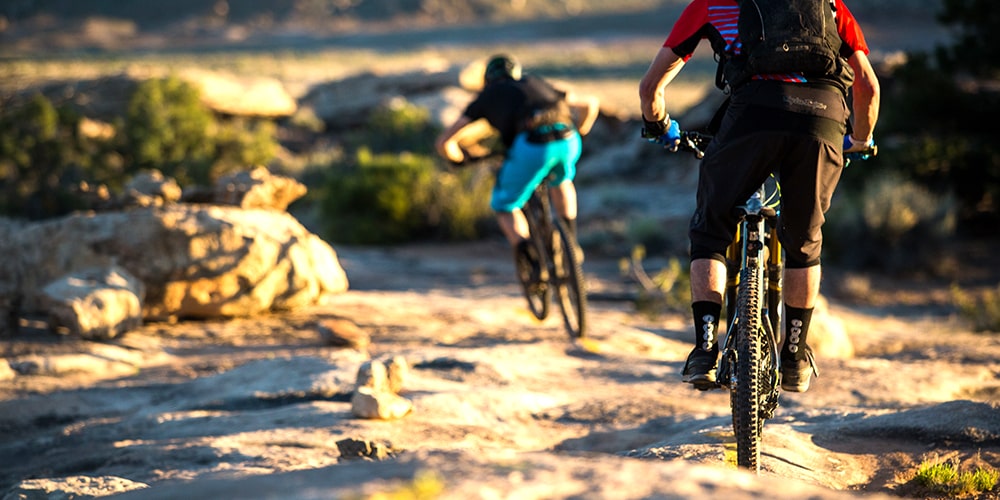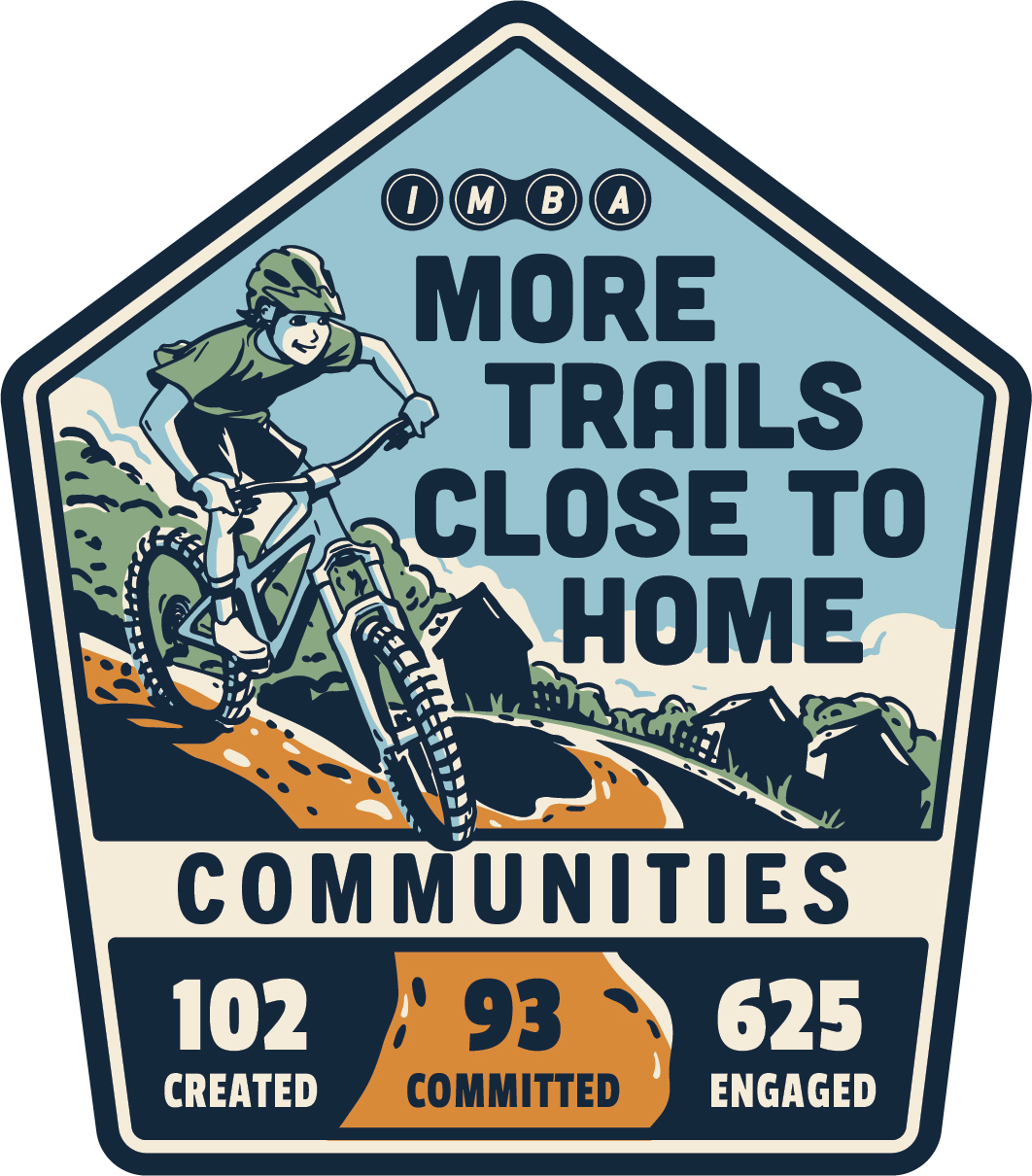Riding the Wave in Williamstown
The Franklin Mountains of the Chihuahuan Desert rise like a rugged spine from the heart of El Paso, Texas.
If you’re a rider within a 200-mile radius, chances are you’ve spent some time exploring the trails in this undeniably impressive range. I’ve yet to make this trip, but after speaking with trail stewards in the borderland, this area is definitely on my list. Franklin’s peaks extend 23 miles from El Paso into New Mexico, and all 27,000 acres are protected within one of the largest urban parks in the world: Franklin Mountains State Park.
150 miles of trail wind through a tapestried landscape of sunbaked rock stacks, tenacious desert flora, lone collared lizards, the occasional herd of mule deer, and as of late, bighorn sheep. But preserving these trails within this rugged terrain requires a dedicated effort. As Lydia Pagel, park interpreter at Franklin Mountains State Park, points out, "We have almost 150 miles of trail...and we have no one on staff who [does] full-time trail work."
That's why IMBA Local Member Organization Borderland Mountain Bike Association (BMBA) partnered with IMBA to host a Trail Care School, bringing together a community of volunteers and land managers to learn about sustainable trail management practices and ensure these trails can be enjoyed for years to come.
The Scene
Given the naturally harsh weather conditions of this ecosystem, maintaining these trails can be a challenge. Aside from heavy rain events that can cause significant erosion and damage, the increase in user traffic has continued to put additional stress on these trails.
“Five guys. We have five staff who do all of the maintenance in the park,” explained Lydia Pagel, park interpreter at Franklin Mountain State Park,”by the time they get to trails, we just don't have time to care for them.” In a situation like this, capacity building is key. And that desire to support these trails is deeply ingrained in the community. Thanks to another successful year of the infamous El Paso Puzzler MTB race, BMBA raised the necessary resources to make the Trail Care School a reality. Alongside BMBA, stewards from the Texas State Parks, Lost Dog Chain Breakers, and Frontera Land Alliance came together February 7-9, 2025 to learn from IMBA’s Chris Orr about the best practices for keeping their trails in tip top shape.
The School
“This [Trail Care School] gave us a focal point to get all the different groups to say, ‘let's focus on one thing and get together and create a coalition of folks who want to keep things going,’" said Joe Garibay, president of BMBA.
Gathering at the visitors center near the Tom Mays area of the park, participants learned both in the classroom and out in the field over the course of 3 days. This time together covered everything from the basics of trail design and construction to the intricacies of maintenance and sustainability. During the classroom section, seasoned volunteers were surprised by the transition away from water bars and into rolling grade dips. “For us, water bars were current knowledge,” said Joe. But after their field time together on Agave Loop, all were singing the praises of rolling grade dips and their ability to sheetflow water off of trail tread.
Another “aha” moment for participants was the realization of just how much planning goes into building and maintaining sustainable trails. It's not just about grabbing tools and hitting the dirt; it's about careful consideration of factors such as drainage, user experience, and environmental impact. "It takes a lot longer to finish a section of trail planning and proper triage work than I ever thought it would,” said Rodney Dubois, secretary of BMBA. This opened Rodney’s eyes to the tremendous need for volunteers across the trail usership spectrum. Which, again, is what these Trail Care Schools are all about: training others so that knowledge can continue to be passed on.
Subsequent Successes
Overall, BMBA’s Director, Mark Wancho, was thrilled with the weekend school: “In reflection, what you did for us wasn't just teaching us how to address drainage and build sustainable trails, your prompts and subtle techniques went a long way to build and unite our community so that we can all work together to employ the lessons we learned.”
These stewards left with more than maintenance skills; they left with a deeper understanding of how to effectively advocate for trail needs and build support for trail projects within their respective organizations. “I dream of a trail system that caters to a wide range of users and provides opportunities for everyone to connect with nature and enjoy the unique beauty of the El Paso region,” added Joe. This sense of community will continue to inspire a vision for the future of trails in El Paso.

